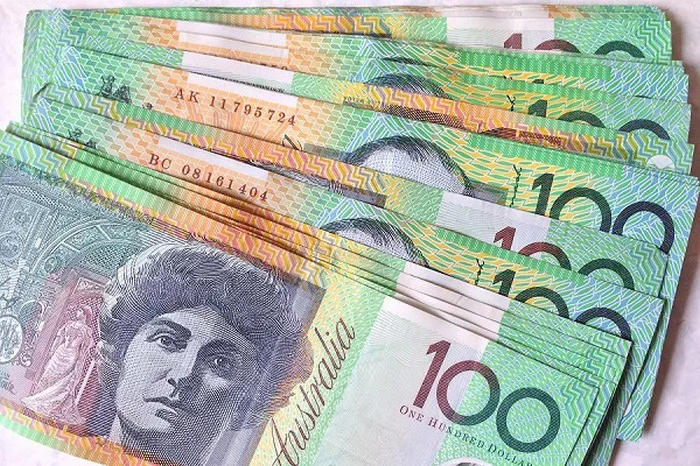The Australian dollar (AUD) is one of the most actively traded currencies in the world, and its value is determined by various factors such as economic performance, interest rates, inflation, and global events. In this article, we’ll take a closer look at the factors that affect the value of the AUD and how exchange rates work.
What Determines the Value of the Australian Dollar?
In general, the value of a currency is determined by supply and demand. When demand for a currency is high, its value increases, and when demand is low, its value decreases. There are several factors that can influence the supply and demand for the Australian dollar, including:
1.Economic Performance: The strength of Australia’s economy plays a significant role in determining the value of the AUD. Positive economic growth, low unemployment rates, and strong business confidence can increase the demand for the currency.
2.Interest Rates: Higher interest rates tend to make a currency more attractive to foreign investors, which can increase the demand for that currency and drive up its value.
3.Inflation: High inflation rates can erode the purchasing power of a currency, making it less valuable in international trade.
4.Political Stability: Countries with stable political systems and policies tend to have more stable currencies, as they are perceived as less risky to invest in.
5.Global Events: Significant global events, such as natural disasters, geopolitical tensions, or pandemics, can affect the demand for a currency and its value.
Exchange Rates Explained
Exchange rates are the prices at which one currency can be exchanged for another. For example, if the exchange rate between the Australian dollar and the US dollar is 0.75, it means that one AUD can be exchanged for 0.75 USD.
Exchange rates are constantly changing due to fluctuations in supply and demand for different currencies. These changes can be affected by a variety of factors, including those listed above. In addition, changes in exchange rates between two currencies can also affect the value of other currencies.
For example, if the value of the US dollar increases compared to the Australian dollar, it may become more expensive for Australian businesses to import goods from the United States, as they will need to pay more AUD to purchase the same amount of USD. On the other hand, it may become cheaper for American businesses to import goods from Australia because they will need to pay fewer USD for the same amount of AUD.
How to Calculate Exchange Rates
Exchange rates are typically expressed as a ratio between two currencies. To calculate the exchange rate, you need to know the current market rate for each currency and multiply or divide them by each other. For example, if the current exchange rate between the AUD and USD is 0.75, and you want to know how much USD you can get for 100 AUD, you would multiply 100 by 0.75, which gives you 75 USD.
It’s important to note that exchange rates can vary depending on where you exchange your money. Banks and other financial institutions often charge fees or offer less favorable exchange rates for exchanging currency. Fortunately, there are alternative providers such as TransferWise, WorldFirst, and OFX, that offer competitive rates and lower fees for international money transfers.
Conclusion
The value of the Australian dollar is determined by various economic factors and global events. Exchange rates reflect the prices at which one currency can be exchanged for another and are constantly changing based on supply and demand. Understanding exchange rates is essential when traveling overseas or conducting international business, as it allows you to accurately calculate the costs involved and make informed decisions about foreign currency transactions.


